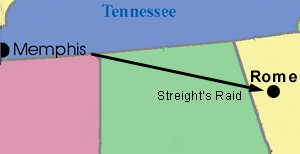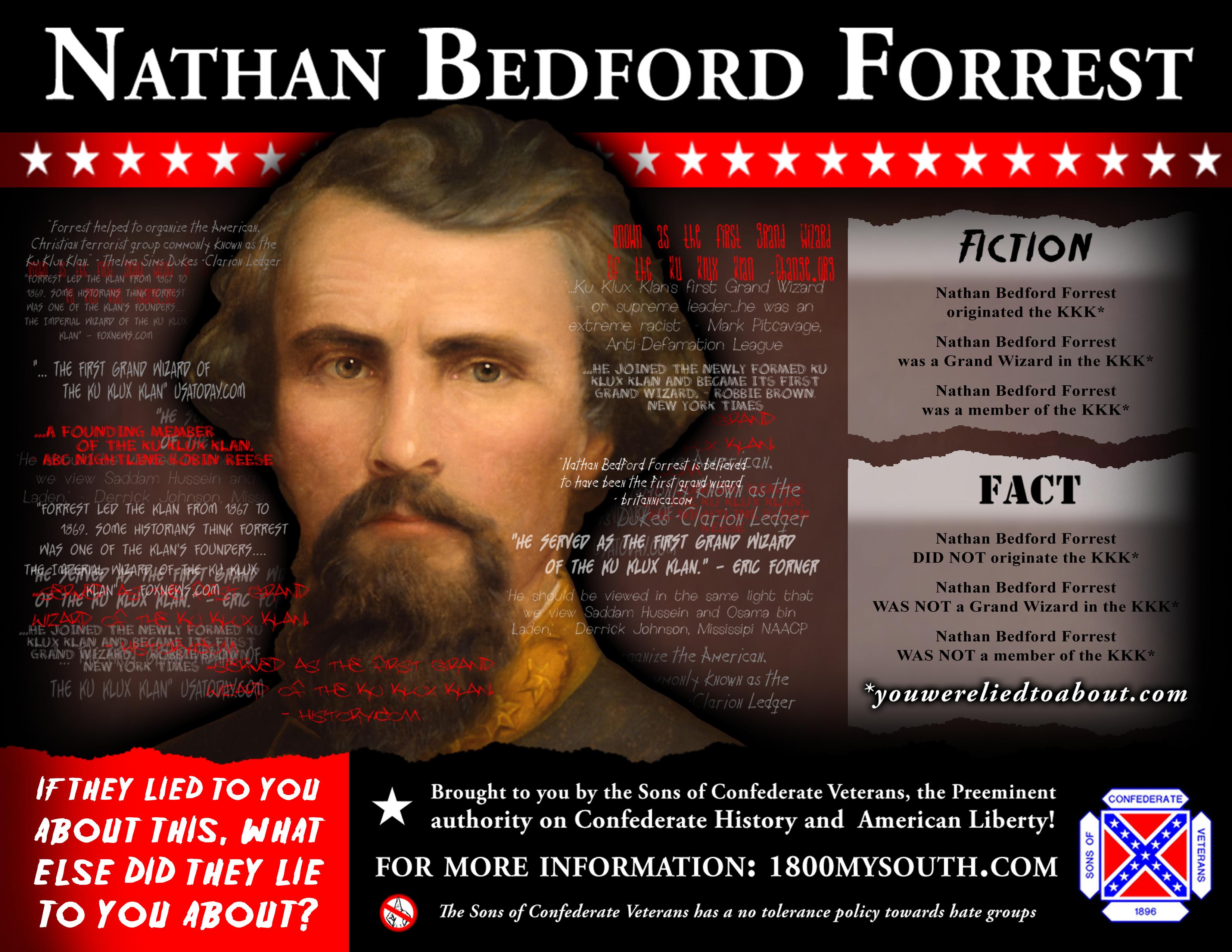

Home | About Us | News | Links | Contact | Calendar | Search | Chaplain | Videos | Books
|
Abel Streight's 1863 Raid into Alabama The Lightning Mule Brigade |
||
|
|
On April 10, 1863 probably few people in Rome Georgia were aware that Union Colonel Abel D. Streight was loading
four regiments of infantry, two companies of cavalry, two mountain howitzers, with all their equipment, arms and
ammunition, plus over 700 noisy, cranky, foul-smelling mules onto a small flotilla of boats. This Independent Provisional
Brigade headed down the Cumberland, then up the Tennessee River to begin a raid that would be the biggest event
in Rome since the war began. The Yankees were upon them and they had to protect themselves. Within hours, barricades were built across the
bridges over the Coosa and the Etowah, and on roads entering the town. Old cannons were mounted at the bridges,
cannon that were probably more dangerous to Rome than to Streight's men. The militia, untrained as it was, was
called together, armed as best they could, and ordered to man every possible defensive position, and reinforcements
were requested to be sent by the railroad to Kingston. Luck took the form of a 16 year old girl, Emma Sansom, who, in spite of Yankee bullets, climbed up behind Forrest on his horse, and led him to a cattle ford only she knew about. Within a few hours the Confederate riders had crossed the river and were back pressing on Streight's rear guard. Streight marched all that night, fought a battle at Blount's Plantation, and determined that another night march might save his worn out brigade. But his luck ran out when, in the blackness of the May 2 night, the brigade stumbled into an eerie, burn/slashed,
charcoal yard of wagon tracks where even local guides were confused. One company of Yankees were able to destroy
a part of the Noble Iron Foundry, but it hardly made up for the time lost following false lead after false trail.
At daybreak they finally found a bridge over the Chattooga River, but it was too late, and in a magnificent bluff,
Forrest and less than 500 men captured the exhausted Yankee brigade, almost 1,700 men on May 3, 1863. ******* Robert L. Willett is a retired banker who now lives in Cocoa Beach, Florida. His has been a consuming interest in war, having participated in both World War II and the Korean War. He has had articles on the Civil War published in Civil War Times, Illustrated, Naval History, Columbiad and has an article scheduled for publication in America's Civil War in November. His first book, One Day of the Civil War America in Conflict April 10, 1863 was published in 1997 and was recently selected by Barnes & Noble as one of the best books on the Civil War written in the last few years. The Lightning Mule Brigade was published by Guild Press of Indiana in May 1999. |
 |

> >